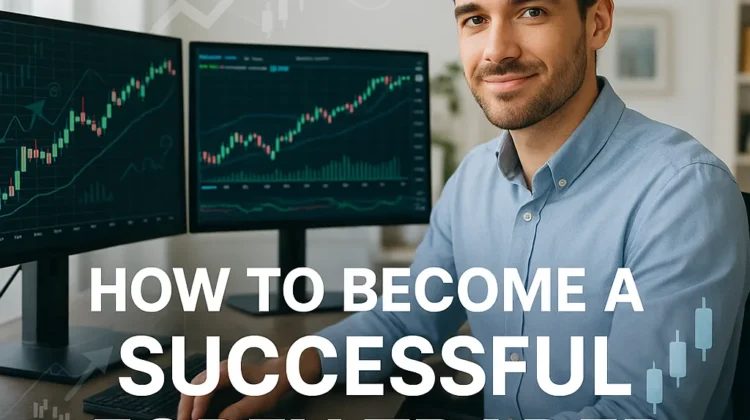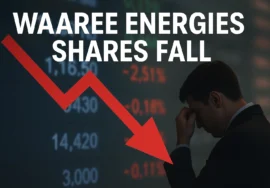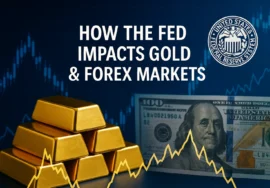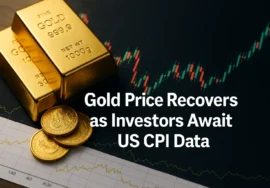
How to Become a Successful Forex Trader: A Complete Roadmap
Introduction: The Allure and the Reality
Have you ever dreamt of earning money from anywhere in the world, using just your laptop or phone? That’s the promise that draws millions to the world of forex trading. But here’s the truth—only those who are prepared, disciplined, and educated make it big.
The forex market is fast-paced, volatile, and incredibly rewarding—but only if you know how to navigate it. If you’re wondering how to become a successful forex trader in 2025, you’re in the right place.
This guide isn’t about shortcuts or shady “get-rich-quick” tactics. It’s about building real skills, mindset, and habits that set successful traders apart from the rest.
1. Understand the Market Fundamentals
Success in forex starts with education, not execution.
Before you even think about placing your first trade, you need to grasp the basic concepts like:
- What is Forex Trading?
Forex, or foreign exchange, is the trading of currencies in pairs. You’re buying one currency while selling another—like EUR/USD or GBP/JPY. - Major vs Minor vs Exotic Pairs
Major pairs involve the USD. Minor pairs don’t include USD but involve major economies (e.g., EUR/GBP). Exotics involve one major and one emerging currency (e.g., USD/TRY). - Leverage & Margin
Leverage can boost your profits—but also your losses. A successful trader uses leverage wisely, never overexposing their account. - Pip, Lot, Spread
These are the units that measure price movement, trade size, and broker cost. Mastering these terms is non-negotiable.
Tip: Use demo accounts to familiarize yourself with market mechanics before going live.
2. Choose the Right Forex Broker
Your broker can make or break your trading journey. Look for:
- Regulation: Ensure the broker is licensed by top-tier regulators (FCA, ASIC, CySEC).
- Low Spreads & Commissions: High fees eat into your profits.
- Platform & Tools: Choose brokers that offer MetaTrader 4/5 or advanced web platforms with integrated analysis tools.
- Customer Support: You need quick help when the market moves fast.
Pro Tip: Check forex broker reviews and test customer service response time before depositing funds.
3. Build a Solid Trading Strategy
A strategy is your playbook—it removes emotional decision-making.
Here are some beginner-friendly strategies:
A. Trend Following
“Trend is your friend” – this strategy involves riding strong price movements in one direction. Traders use moving averages or trendlines to identify opportunities.
B. Breakout Trading
This strategy involves trading when price breaks a key level (support/resistance). Great for high volatility times like news releases.
C. Scalping vs Swing Trading
Scalpers take dozens of small trades daily. Swing traders hold positions for days. Choose what suits your personality and schedule.
Create a Trading Plan:
Your plan should define:
- Entry & Exit rules
- Lot size and leverage
- Risk-reward ratio
- Market conditions to avoid
4. Master the Psychology of Trading
Most traders fail not because of poor analysis—but because of poor emotional control.
Common pitfalls include:
- Overtrading: Chasing the market out of boredom or revenge.
- FOMO: Entering trades late because you fear missing out.
- Fear of Losing: Holding losing positions too long or exiting winners too early.
The solution? Develop emotional discipline:
- Stick to your plan no matter what
- Accept that losses are part of the game
- Keep a trading journal to track emotional patterns
Success Quote: “The goal of a successful trader is to make the best trades. Money is secondary.” – Alexander Elder
5. Practice Risk Management Like a Pro
Even the best traders are wrong sometimes. That’s why risk management is your lifeline.
✅ Golden Rules of Risk Management:
- Risk only 1–2% of your capital per trade
- Always use a stop-loss
- Never add to losing positions
- Know your maximum daily loss limit
Example: If your account is $1,000, risk no more than $10–$20 on a single trade. This way, you can survive multiple losses and still recover.
Pro Tool: Use position size calculators to set correct lot sizes every time.
6. Leverage Technology & Tools
In 2025, trading without tech is like going to war without armor.
Top tools you should use:
- Economic Calendar: Track major news events that move the market
- TradingView or MetaTrader Indicators: For charting and technical analysis
- Copy Trading Platforms: Great for beginners to learn by observing experts
- AI Alerts & Sentiment Analysis Tools: Stay ahead with real-time data insights
🚀 Bonus Tip: Join trader communities on Telegram, Discord, or forums to learn, share, and grow.
7. Keep Evolving—Never Stop Learning
The forex market evolves. What worked last year might not work tomorrow.
Read trading books, take online courses, watch YouTube tutorials, attend webinars. Some timeless classics include:
- “Trading in the Zone” by Mark Douglas
- “Technical Analysis of Financial Markets” by John J. Murphy
Successful forex traders are students for life.
Final Thoughts: Consistency Beats Perfection
If you’re looking for overnight success, forex isn’t for you. But if you’re ready to commit, stay patient, and evolve constantly, there’s no reason you can’t thrive.
Becoming a successful forex trader in 2025 isn’t just about predictions and profits. It’s about building a skillset, mindset, and lifestyle that supports long-term growth.
Take small steps, learn from your losses, and stay curious.
Q1. How long does it take to become a profitable forex trader?
Q2. Can I become a forex trader without a financial background?
Q3. Is forex trading safe?
Q4. How much money do I need to start forex trading?
If you found this guide helpful, don’t forget to share it and bookmark for future reference. Your journey to forex success starts now—and it starts with the right mindset.




